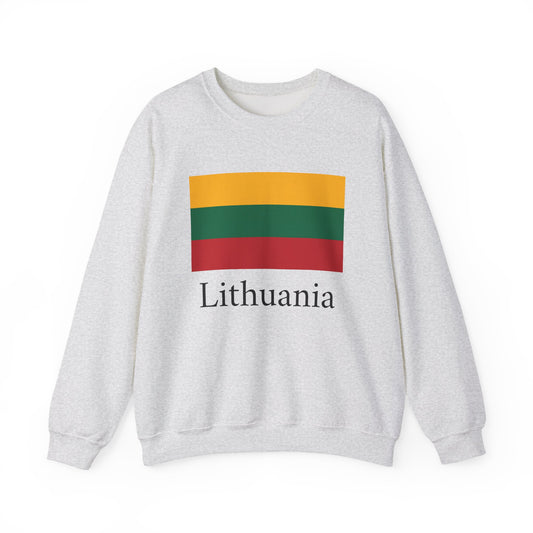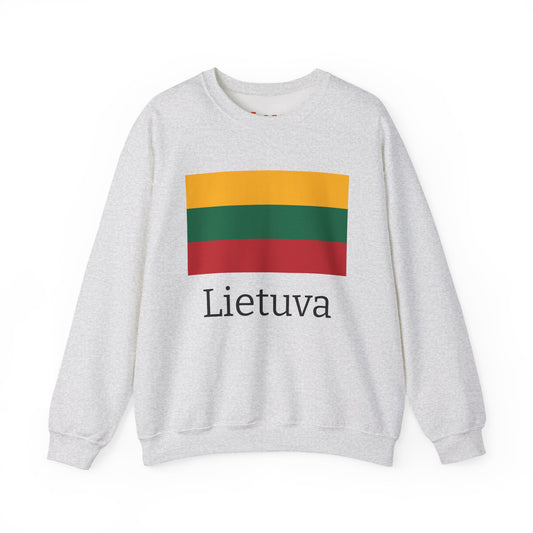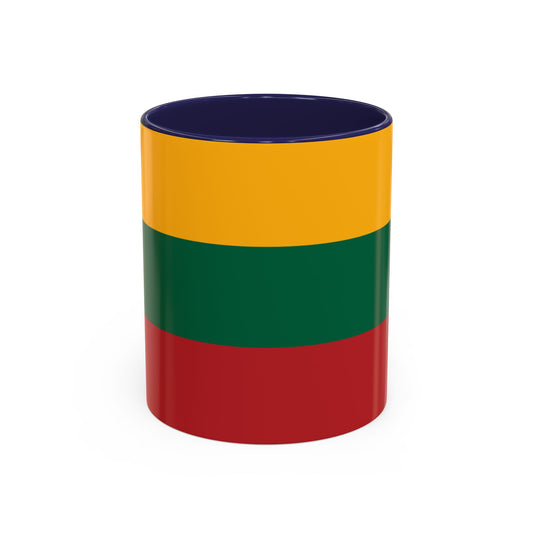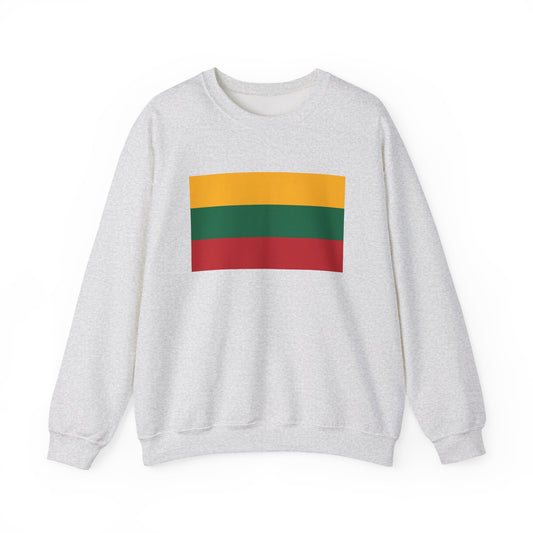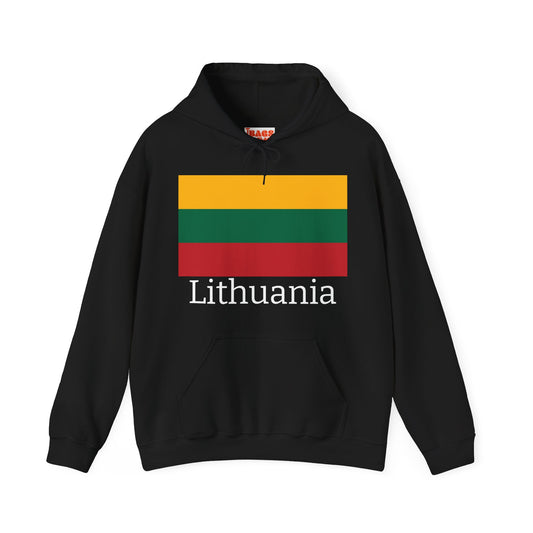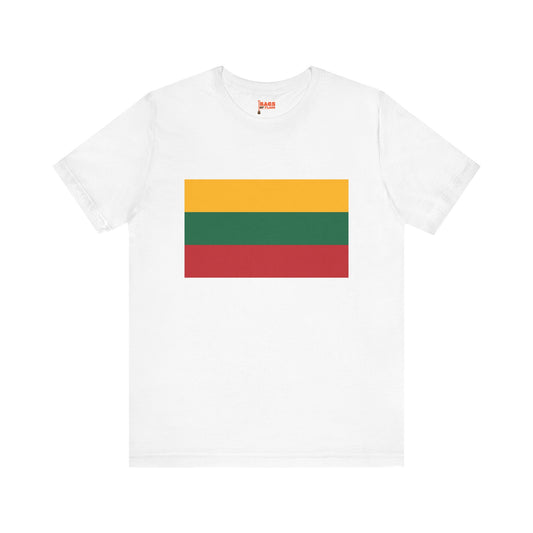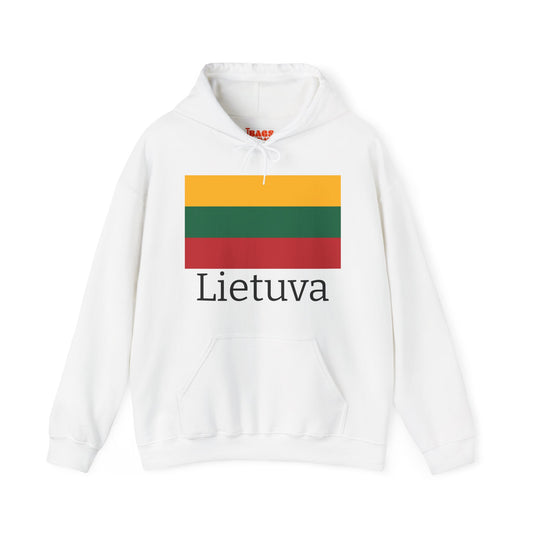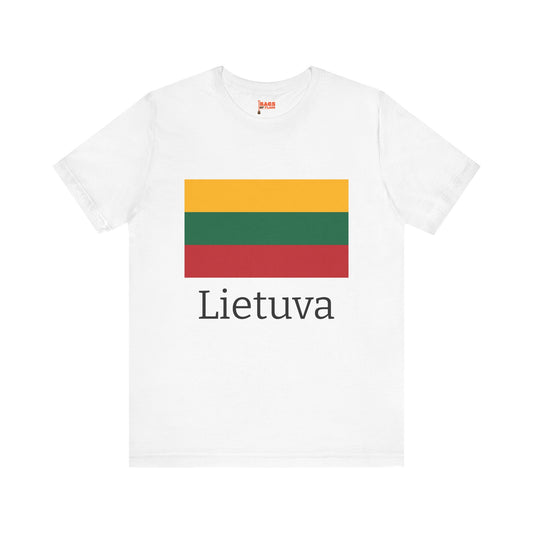-
Lithuania Sweatshirt
Regular price $34.15 USDRegular priceUnit price / per -
Lietuva Inspired Sweatshirts
Regular price $34.15 USDRegular priceUnit price / per -
Lithuania Pillow
Regular price $22.65 USDRegular priceUnit price / per -
Lithuania Backpack
Regular price $59.79 USDRegular priceUnit price / per -
Lithuania Leather Patch Hat
Regular price $18.85 USDRegular priceUnit price / per -
Lithuania Mug
Regular price $11.65 USDRegular priceUnit price / per -
Lithuania Flag Sweatshirt
Regular price $34.15 USDRegular priceUnit price / per -
Lithuania Trucker Cap
Regular price $14.90 USDRegular priceUnit price / per -
Lithuania Hoodies
Regular price $34.40 USDRegular priceUnit price / per -
Lithuania T-shirts
Regular price $22.79 USDRegular priceUnit price / per -
Lithuania Flag Hoodies
Regular price $34.40 USDRegular priceUnit price / per -
Lithuania Flag on T-shirt
Regular price $22.79 USDRegular priceUnit price / per -
Lietuva Hoodies
Regular price $34.40 USDRegular priceUnit price / per -
Lietuva T-shirts
Regular price $22.79 USDRegular priceUnit price / per
Collection: Lithuania
The Lithuania flag, also known as the flag of Lithuania, symbolizes the country's rich history and culture. With its vibrant colors and unique design, the flag represents the values and traditions of the Lithuanian people. We will explore the various aspects of the Lithuania flag, from its design and symbolism to its historical context and current relevance.
Overview of the Lithuania Flag

The Lithuania flag features a striking tri-color design comprising three equally sized horizontal stripes. At the top is a vibrant yellow stripe, a rich green in the middle, and a bold red stripe anchoring the bottom. This simple yet profound arrangement of colors is designed to be displayed with the yellow stripe at the apex, ensuring its distinct symbolism is correctly presented. Each color is not just a choice of aesthetics but carries deep meaning intertwined with Lithuania's identity, history, and aspirations. The flag’s dimensions and the precise shades of each color are defined in official guidelines to maintain consistency and respect for this national symbol. With its bright and contrasting colors, this straightforward design ensures that the flag is easily identifiable and stands as a proud emblem of Lithuania, whether hoisted high in an international assembly or adorning a local celebration.
Historical Context of the Lithuania Flag

The historical journey of the flag of Lithuania is as vibrant and storied as the colors it boasts. Its origins can be traced back to the Grand Duchy of Lithuania, a central European state from the 13th century until the 18th century. The flag, as we know it today, with its distinct yellow, green, and red stripes, was first introduced in the early 20th century amidst Lithuania's quest for independence from foreign dominions. Despite its initial adoption, the flag faced periods of suppression, notably during the years of Soviet occupation, when Lithuania was denied its sovereignty and the flag was banned from public use. It was in the rekindling of the national independence movement in the late 1980s that the tricolor flag was re-established as a national symbol.
On March 20, 1989, before the official dissolution of the Soviet Union, Lithuania boldly reinstated this flag as its national emblem, signifying the resurgence of its independence and the restoration of its national identity. This act of reclaiming the flag was a powerful statement of defiance against oppression and a testament to the enduring spirit of the Lithuanian people.
Symbolism Behind the Flag's Design and Colors
The colors of the Lithuania flag are imbued with rich meanings that reflect the nation's character and values. The top stripe of yellow radiates optimism, symbolizing the country's sunlight and grain fields, which are vital for its prosperity and hope. This bright shade represents the light that guides the Lithuanian people through challenges, embodying their aspiration for a bright future. The green stripe in the middle of the flag pays homage to Lithuania's lush landscapes, verdant forests, and expansive meadows. It signifies growth, freedom, and the connection of the Lithuanian people to their land, highlighting the importance of nature and environmental preservation in the country's ethos. Lastly, the red stripe at the flag's base conveys the courage and blood of those who fought for Lithuania's independence. It stands as a poignant reminder of the bravery and sacrifice inherent in the nation's struggle for sovereignty and the enduring strength of its people. Together, these colors forge a visual narrative of Lithuania's past, present, and aspirations, weaving a tapestry of national identity that is both vibrant and meaningful.
Current Relevance of the Lithuania Flag
In modern Lithuania, the national flag continues to be a beacon of unity and pride, prominently featured in an array of public events ranging from solemn military ceremonies to vibrant national celebrations. Its presence is a constant reminder of the country's hard-won independence and the values it stands for. Beyond these traditional displays, the flag also plays a pivotal role in contemporary political and social movements. It has become a symbol for various causes, often seen in demonstrations advocating for democracy, human rights, and environmental issues, underscoring its significance not just as a national emblem but as an icon of the people's voices and aspirations.
Despite its widespread acceptance and use, the flag has not been immune to controversy. Debates occasionally surface regarding its representation and the appropriateness of its use in certain contexts, highlighting the flag's powerful role in public discourse. These discussions are indicative of the evolving nature of national symbols in reflecting current societal values and challenges. Nonetheless, the flag of Lithuania remains a unifying symbol, encapsulating the nation's past struggles, present achievements, and future ambitions, demonstrating its enduring relevance in the hearts and lives of the Lithuanian people.
Additional Facts About the Lithuania Flag
While the Lithuania flag as we recognize it today was officially adopted relatively recently, its colors have historic roots that can be traced far back, offering a glimpse into the nation's storied past. Here are some lesser-known facts that contribute to the flag's rich tapestry of meaning and tradition:
- The protocol for displaying the Lithuanian flag is meticulously outlined, emphasizing respect and pride for this national symbol. During national holidays and significant dates, the flag is hoisted across the country, adorning public buildings, squares, and private homes, showcasing a united national spirit.
- A unique tradition involves the simultaneous raising of three flags—the flags of Lithuania, the European Union, and NATO—on special occasions, symbolizing Lithuania's commitment to both its sovereignty and its role in the international community.
- The largest version of the Lithuania flag ever created was unveiled in a ceremony that marked a pivotal moment in the country’s modern history, underscoring its resurgence on the global stage.
- Interestingly, the flag's design simplicity and its colors are such that they can be seen from a great distance, serving both a practical and symbolic purpose. This ensures that the flag is not only a national emblem but also a beacon of hope and resilience.
These additional facets of the Lithuania flag underscore its significance beyond mere symbolism, representing a deep connection to the nation's heritage, values, and aspirations for the future.


